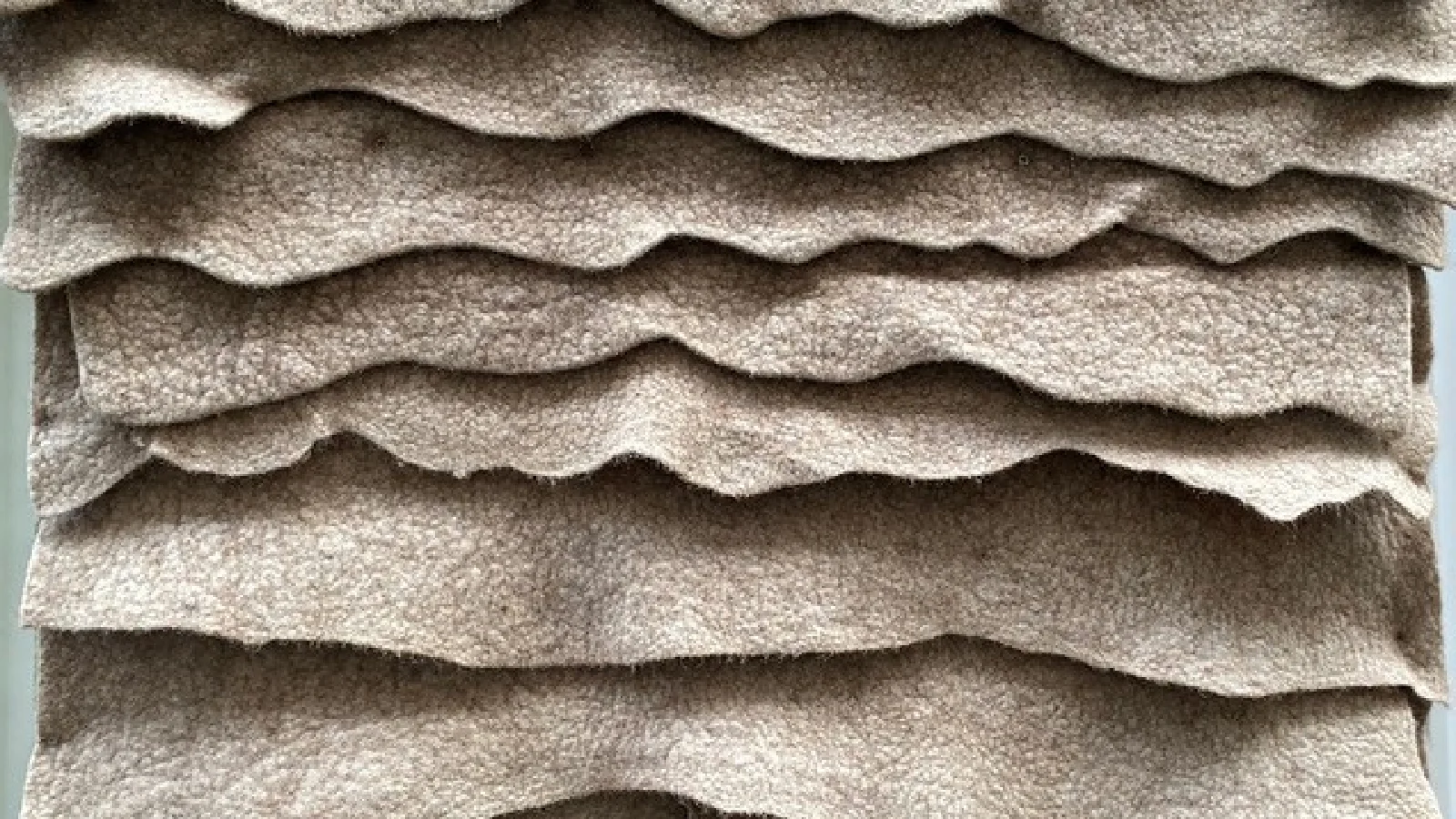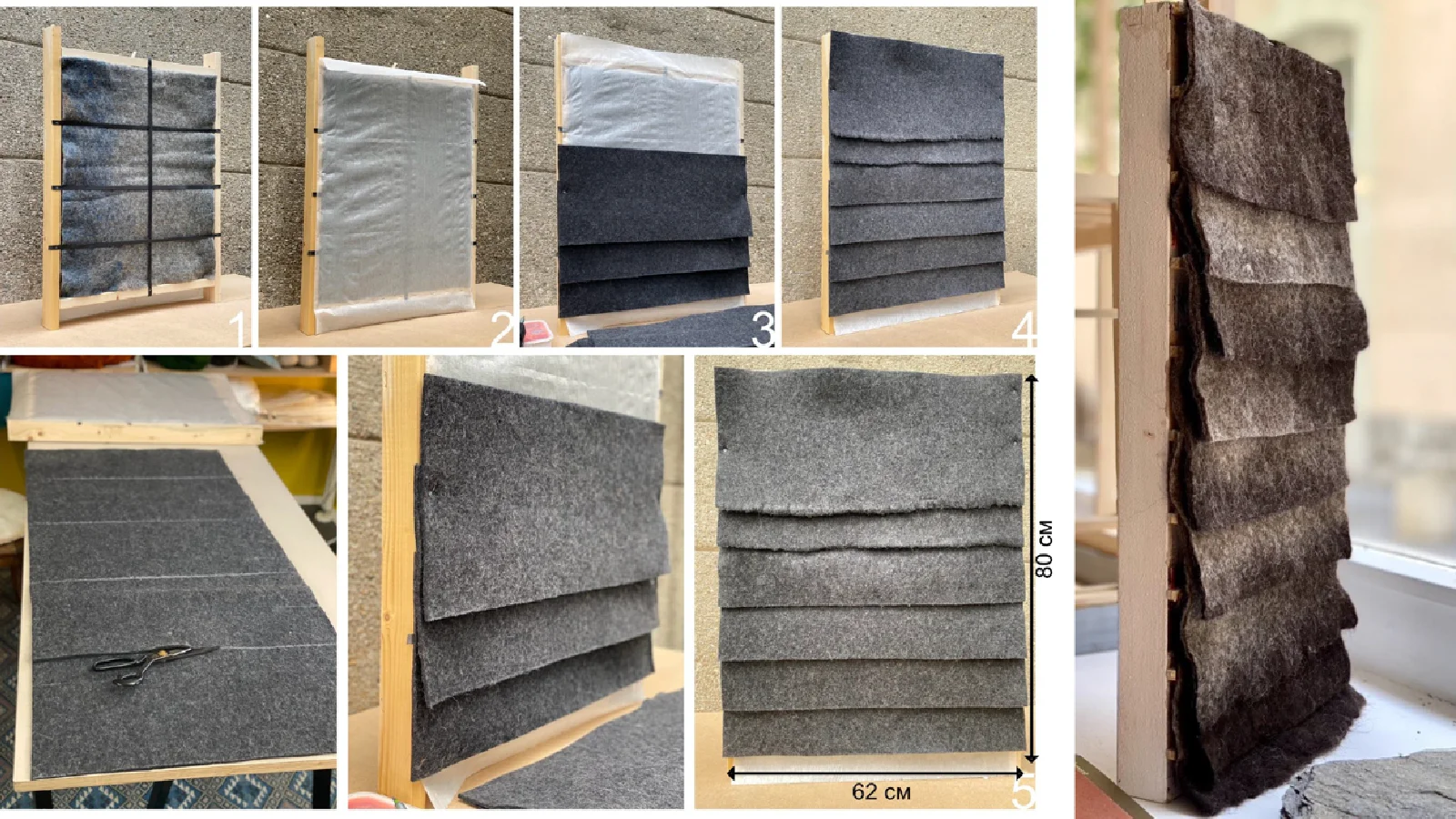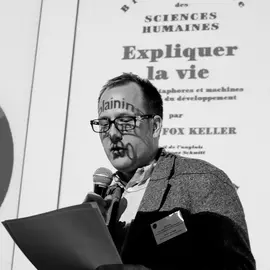Yurt 2.0: New cycles for sheep's wool as insulation material and felt facade in Kyrgyzstan
In the tradition of the Kyrgyz yurts, this project investigates the applicability of felt as a facade material and the use of sheep's wool as insulation. This will create a new cycle that can potentially avoid a lot of waste and introduces a new natural material to the construction industry.
Description
Around 12,000 tons of sheep's wool are produced in Kyrgyzstan every year, but only around 3,000 of this is processed. The remaining coarse wool is burned, which is very harmful to the environment.
In Kyrgyzstan, there is a tradition of processing small quantities of coarse wool into felt as building cladding (yurts). This project aims to renew this tradition and adapt it to today's needs in order to create a new, larger cycle for sheep's wool and make the construction industry in Kyrgyzstan more environmentally friendly by using a natural material.
In addition to felt facades, coarse sheep's wool is also to be processed into insulation. Felt is commonly referred to as “textile clay” due to its ease of processing. As part of the project, a demonstrator building will be erected on site where different techniques and material variants can be tested.
Based on the research into the new materials, a canteen building is constructed for the company Tumar in Kyrgyzstan, where the new materials are tested and exhibited. A business plan is also being developed for Tumar for the development and distribution of the new materials.
Key data
Projectlead
Deputy Projectlead
Project partners
Tumar Art Group
Project status
ongoing, started 04/2025
Institute/Centre
Institute of Constructive Design (IKE)
Funding partner
REPIC
Project budget
280'000 CHF


